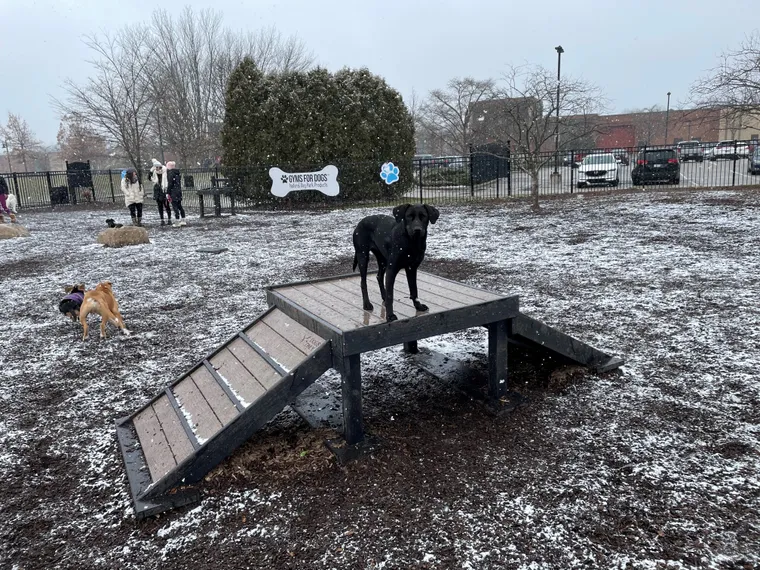
Dog Park Planning, Design & Operations
Operating or managing a dog park is like many other popular amenities. It requires a significant commitment of daily upkeep, maintenance, and cleaning.

Operating or managing a dog park is like many other popular amenities. It requires a significant commitment of daily upkeep, maintenance, and cleaning.